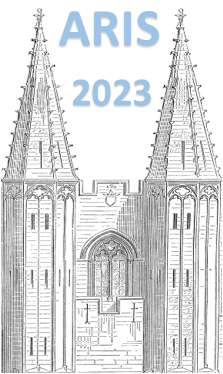Orateur
Description
The solenoidal-spectrometer technique developed at Argonne some 15 years ago in the form of HELIOS continues to evolve, adding new capabilities. A similar device has been recently installed at the Facility for Rare Isotope Beams (FRIB), called SOLARIS, for use with reaccelerated (ReA) beams. SOLARIS operates as a dual-mode spectrometer, both in a vacuum with position-sensitive silicon arrays and in Active-Target Time Projection Chamber (AT-TPC) mode. This allows for reaction studies across a broad dynamic range in terms of beam intensities (hundreds of particles per second to nano-Ampere beams), masses, and incident beam energies. SOLARIS has been used in both modes of operation during the operation of ReA with long-lived radioisotopes. The capabilities of these two devices will be demonstrated via a series of recent highlights: for HELIOS, the role of quenching in weakly-bound systems using the ($d$,$p$) reaction [1], and for SOLARIS studies using the ($t$,$p$) reaction [2] where the inverse kinematics technique allows for almost background-free measurements and a determination of branching ratios of unbound states.
*This material is based upon work supported the U.S. Department of Energy, Office of Science, Office of Nuclear Physics, under Contract Number DE-AC02-06CH11357. SOLARIS is funded by the U.S. Department of Energy, Office of Science, under the FRIB Cooperative Agreement DE-SC0000661.
References
[1] B. P. Kay et al., Phys. Rev. Lett. 129, 152501 (2022).
[2] A. Muñoz-Ramos, in preparation.

